Which Green Building Trends Will Shape 2025?
In the first installment of our outlook series, experts discuss the trends that defined 2024 and share their predictions for next year.
Green building and sustainability practices overall continue to expand across the real estate industry, their scope slowly but surely shifting from a nice accessory to a necessity. Reviewing 2024, industry professionals note that some achievements have given a great deal of hope for what’s next, though 2025 is not short of challenges, casting a shadow over the future—of real estate, of the planet, of us.
Making headway
Standing out as a notable advancement in green building practices in 2024 is the progress made at the local policy level, especially with the Building Performance Standards (BPS). These laws are proving to be a powerful tool in motivating the market to reduce emissions, according to Mahesh Ramanujam, CEO of Global Network for Zero.
To date, roughly 50 cities reportedly have at least some kind of requirement in place, while nine U.S. localities and four states have more stringent BPS laws, according to the Institute for Market Transformation.
“BPS can help prioritize retrofitting which, with the goal of reducing environmental impact from the built environment in mind, produces half the carbon emissions of redeveloping outright,” said Tim Coy, research manager for the commercial real estate industry within Deloitte’s Center for Financial Services. “If we can increase the renovation rate of global buildings from 1 to 3 percent and scale the depth of renovation for energy efficiency, net-zero can be in the realm of possibility by 2050.”
READ ALSO: Building Performance Policies Across the US
This increase though is no easy task. Only about 0.023 percent of buildings worldwide are net-zero and there are only five years left until we’ll hit the Paris Agreement deadlines.
Members of the green building program are actively looking for ways to scale up their sustainability efforts and implement strategies at portfolio level. To help in this direction, USGBC is developing its next iteration of the LEED rating system, LEED v5. “This massive undertaking involves relying heavily on volunteers, members and the overall built environment for input and feedback,” said Rhiannon Jacobsen, managing director for U.S. market transformation & development at USGBC.
The new LEED version is market-driven. Until now, the organization has gathered input from 6,000 users across different sectors about what works, what changes they want to see in the new rating system and what more USGBC can do to set the bar for what it means to be a green building.
“We have just opened our second comment period for LEED v5 and have updated drafts for three rating systems—new construction, interiors and existing buildings,” Jacobsen said.
Meanwhile, Phius REVIVE 2024, a retrofit standard released in July that focuses on resilience and holistic decarbonization, will also carry into 2025 enhanced attention to the retrofit sector. It aligns with efforts taking hold in municipalities and organizations throughout the country, as well as the need for resilient housing in the face of increasingly hazardous natural disasters and grid outages, noted Lisa White, co-director & technical lead at Phius.
“Policy advancements, such as the Inflation Reduction Act, which provides direct cash funding for buildings that meet higher standards for efficiency, have catalyzed this increase in green building practices, in both new construction and retrofits,” she added.
And as trends in building electrification and fuel switching away from fossil-based resources not only continued but also expanded to include a broader focus on holistic net-zero carbon, 2024 was an exciting year in the green and high-performance building sector for Nuveen Green Capital President & CEO Jessica Bailey.
“While operational carbon is key, embodied carbon presents the next horizon for comprehensive carbon reduction,” she believes, specifying that the 40 percent of carbon dioxide emissions linked to real estate is made of 27 percent operational and 13 percent embodied carbon.
Opportunities in 2025
Green building rating systems will continue to become even more mainstream.
“All green buildings must eventually have a net-zero roadmap—this will start to become more commonplace in 2025, and even if CRE leaders aren’t actively promoting this publicly yet, I can tell you they are already discussing it internally,” Ramanujam disclosed.
Another trend we’ll witness in the upcoming year is the rapid adoption of tech to support this transition with even further disruption in the market as the CRE sector evolves to take an outcome-based approach to sustainability in buildings. Embodied carbon tracking in both new and existing buildings will also be more and more prevalent.
Elizabeth Beardsley, senior policy counsel at USGBC, believes that lowering embodied carbon in buildings is a major opportunity for 2025. “Embodied carbon emissions alone are 11 percent of greenhouse gas emissions and represent millions of tons of carbon emissions released during the lifecycle of building materials, including extraction, manufacturing, transport, construction and disposal,” she warned.
In their Driving Action on Embodied Carbon in Buildings report, USGBC and RMI provided a guide for building practitioners and demonstrated that there are effective strategies that are being implemented now and could be considered for all projects. Some of these practices include a higher focus on decarbonization, resilience, biodiversity and green finance.
“These concepts have become increasingly important within the built environment and are moving toward ones that are no longer optional but necessary due to increased regulatory and market pressures pushing for innovative solutions that address climate change and resource efficiency,” Jacobsen stated.
Financing a greener future
Energy efficiency and embodied carbon reduction through C-PACE enable the reduction of the carbon arising from the manufacturing, transportation, installation, maintenance and disposal of building and infrastructure materials such as concrete, steel and insulation, and help buildings and portfolios reach net-zero carbon in an integrated and actionable manner.
C-PACE financing has reached a cumulative $7.3 billion in originations in just over a decade, according to the C-PACE Alliance. This considerable milestone underscores the growing popularity and adoption of C-PACE financing as an innovative and effective CRE financing solution. Bailey anticipates 2025 to be an even bigger year for C-PACE.
“Providing cost-effective financing for sustainability measures, C-PACE is the clear ‘carrot’ to meet the demands of these regulatory ‘sticks’,” she noted.
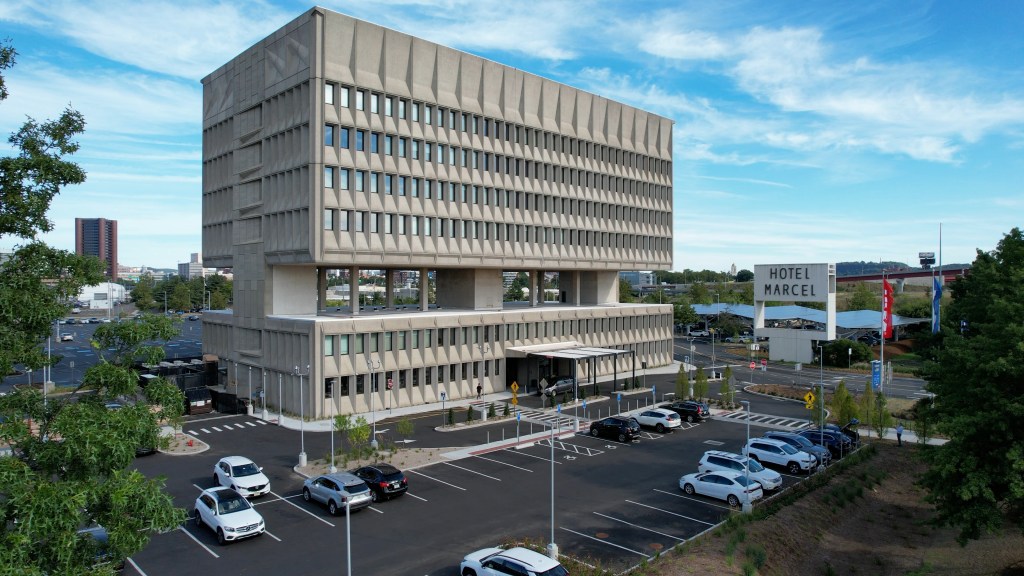
However, investment in sustainability is tricky, as the ROI has not always been clear and some choose to comply at the bare minimum to meet regulatory requirements, according to Coy.
Yet, at least based on survey results, 39 percent of U.S.-based organizations that took part in a Deloitte study said that they are moving more toward a balanced approach to sustainability investment, rather than for compliance alone (16 percent). A promising 28 percent stated that they believe sustainability is part of their core business strategy.
Furthermore, transparency is becoming key. Tenants today want to know about the carbon footprint of the spaces they use. Plus, with the growing interest in sustainability, there will be greater demand for amenities that support a greener lifestyle, such as easy access to public transport, green spaces and recycling facilities.
Sustainability practices for real estate organizations will likely keep evolving from being compliance-driven, reputational imperatives to having a financial impact, in Coy’s vision. Those property owners and managers who can mitigate asset obsolescence through strategic sustainability roadmaps while demonstrating incremental cost reduction and resource management will make possible a positive environmental impact without compromising long-term financial returns.
And one quick solution they’ve been rapidly adopting is rooftop solar. This particular industry is growing fast in states like New Jersey, Illinois and Maryland, where policies encourage solar development that supports both communities and businesses, according to Solar Landscape CEO & Co-Founder Shaun Keegan. He expects 2025 to be the year commercial real estate kicks rooftop solar into a higher gear.
“Now, we anticipate increased energy demand due to data centers and electric vehicle charging. Building owners can now be part of that solution and generate rooftop rent payments at the same time,” Keegan said.
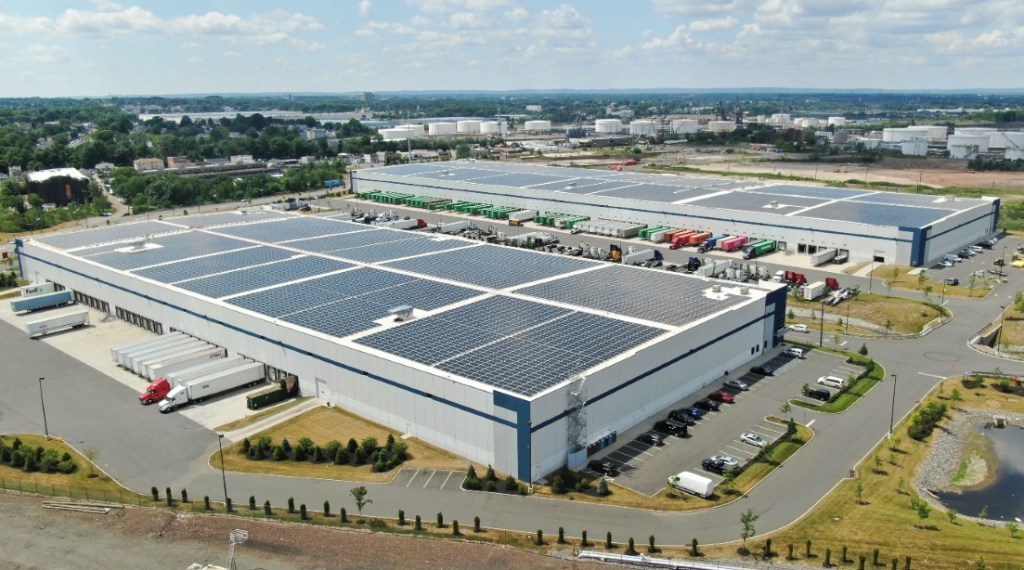
Adoption of green building practices
Despite growing commitments and efforts across the country, the progress toward transitioning buildings to net-zero is slow, Ramanujam told us. Planning and implementation are still challenging and have yet a long way to go.
“Too many people are taking a piecemeal case study approach or chasing every rating system. Instead, we need to see a comprehensive level approach,” Ramanujam said. “If you have a portfolio, you need to develop a strategy for transitioning it to net-zero. And you need to prioritize your existing buildings as this remains the most challenging sector when it comes to sustainability.”
Moreover, he anticipates demand for such buildings to increase faster than the low-carbon inventory. So, developers need to think more about their tenants’ and investors’ needs 10 years from now.
“The best way to mitigate all of this is to be disciplined in your approach, stay focused, invest in measurement and reporting, and articulate the things you are doing that are delivering you ROI. This will help motivate the rest of the market to follow suit,” Ramanujam advised.
READ ALSO: Is Hydrogen Power Coming to Real Estate?
But the commercial real estate sector’s “usual suspects”—high interest rates, declining occupancy rates and soaring insurance and construction costs—continue to put pressure on property owners and developers. These issues have resulted in widespread financial strain, in both large urban centers and in rural communities, leading to shrinking tax revenues and struggling business districts.
USGBC recently issued a policy brief aimed at reviving CBDs, revealed Beardsley. Developed in partnership with three other leading building organizations, the brief sets out policy recommendations targeted to help struggling downtowns by investing in commercial buildings and ensuring they are better prepared for the future. USGBC also proposed to develop a bonus or tax credit for the conversion of vacant office and retail space into residential.
Meanwhile, White brought back into focus a challenge as old as time: education. Educating building professionals, developers, policymakers and homeowners on all aspects of passive building, including cost, benefits, return on investment and climate impact, is critical, she reminded.
As natural disasters intensify in both strength and frequency, sustainability becomes increasingly crucial for the built environment. More and more people will seek homes and workplaces that can protect them from these dangers. Others will seek comfort in the knowledge that their buildings are part of the climate solution. Hence, demand for sustainable buildings is expected to accelerate, driving growth in the green building sector.

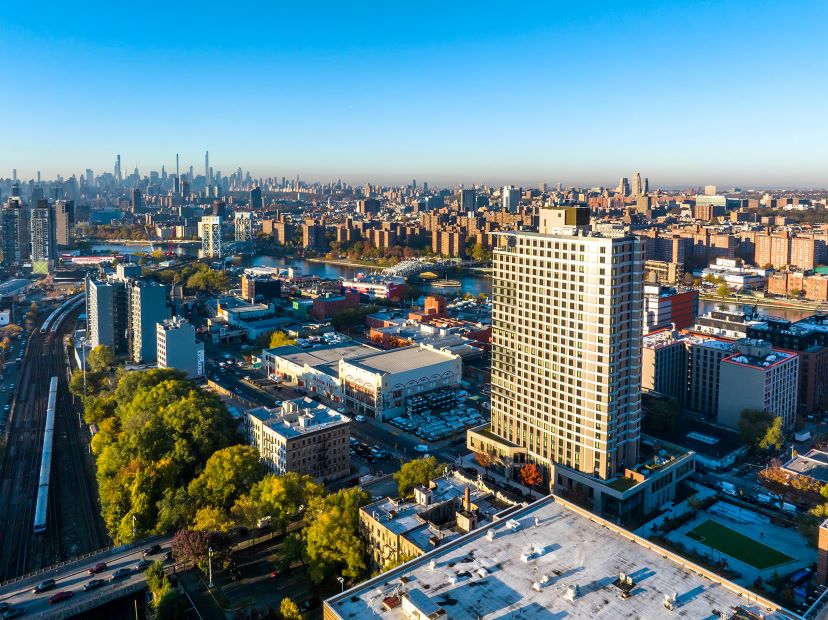
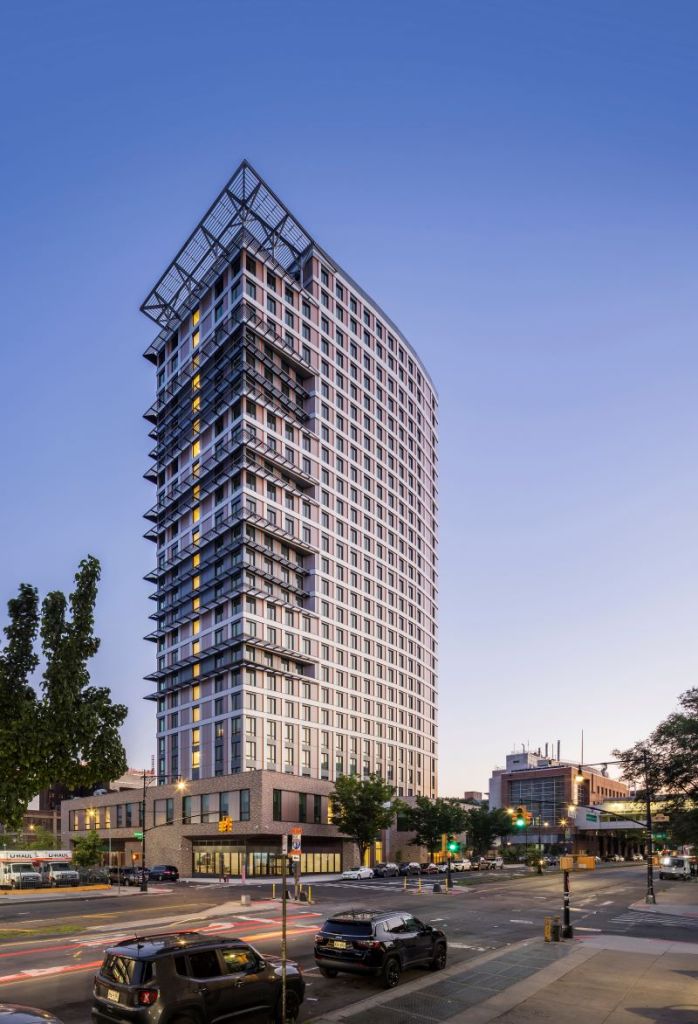
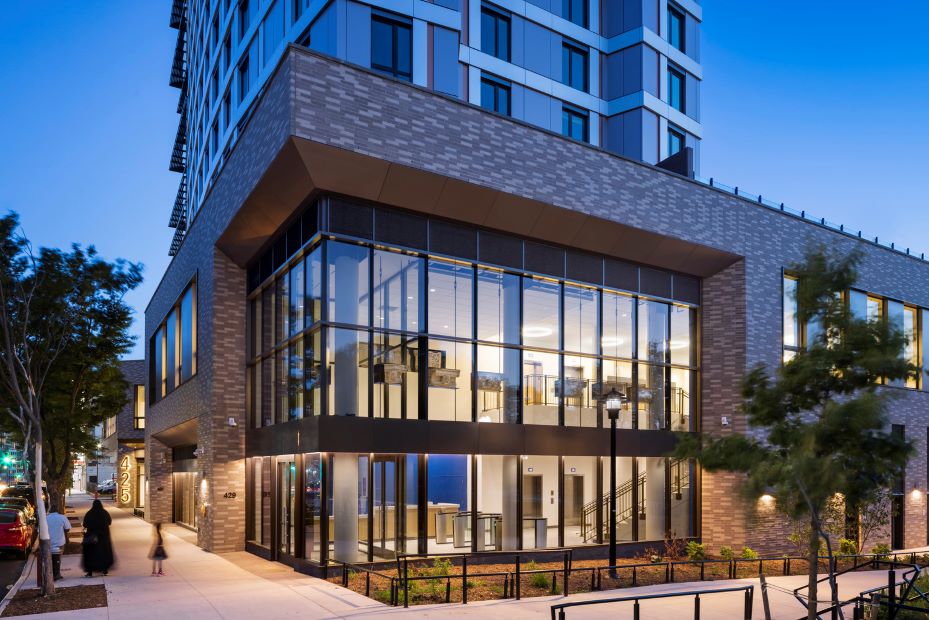
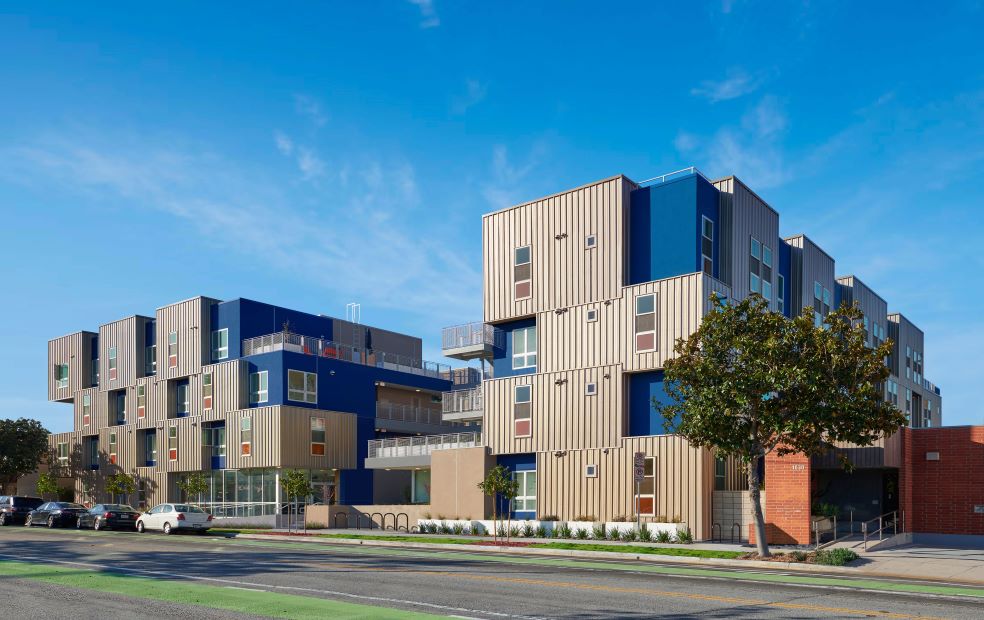
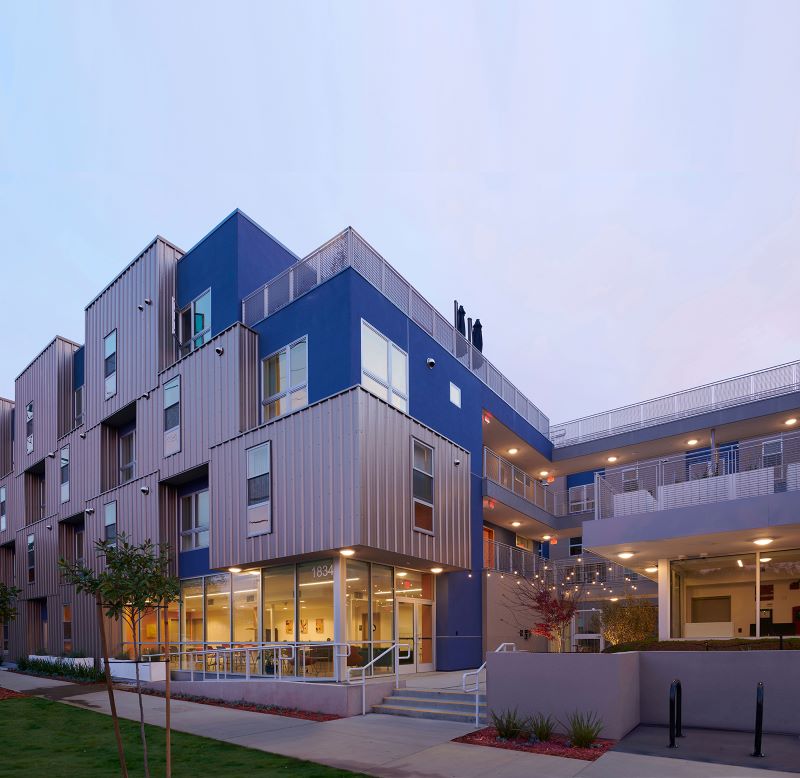
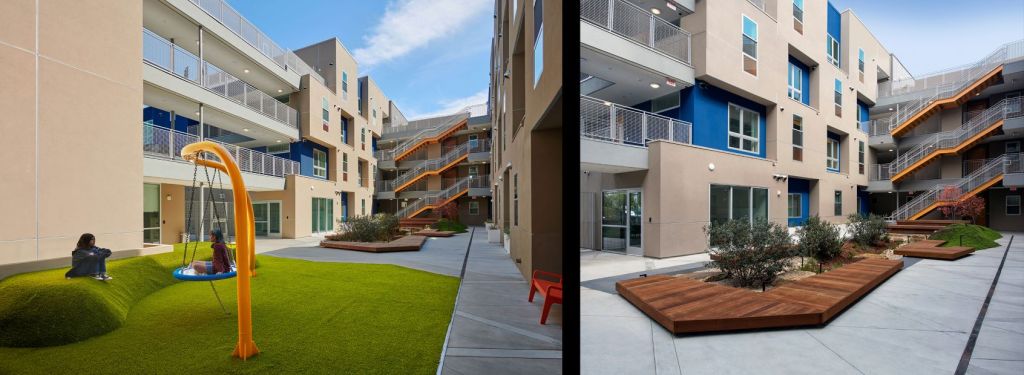
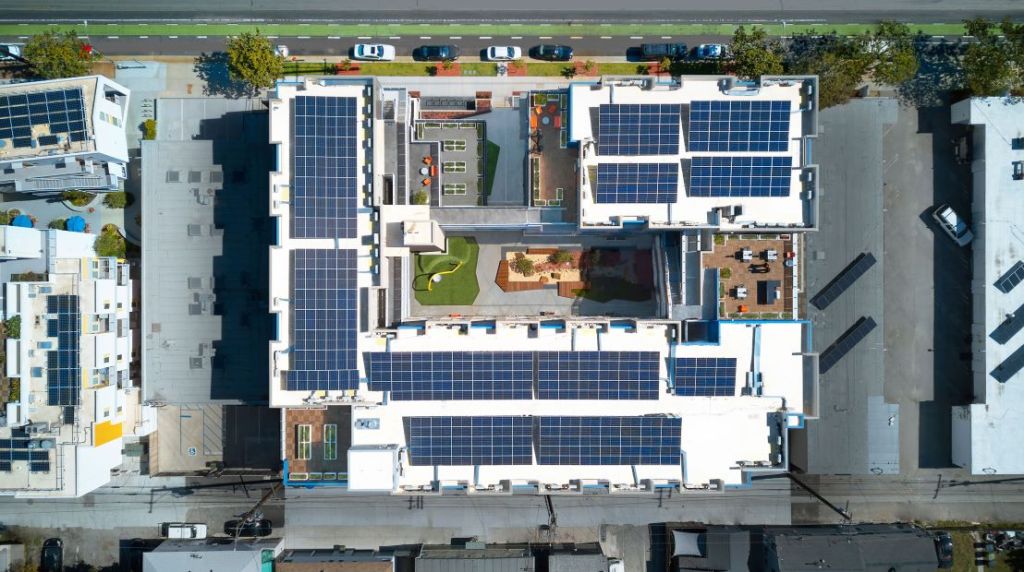






You must be logged in to post a comment.